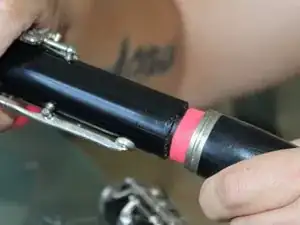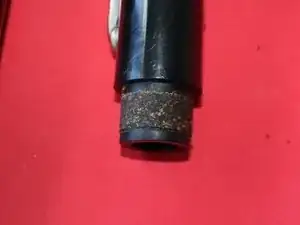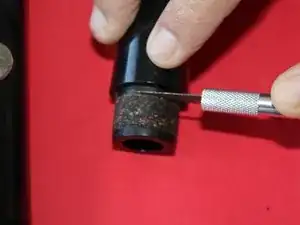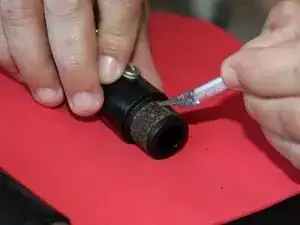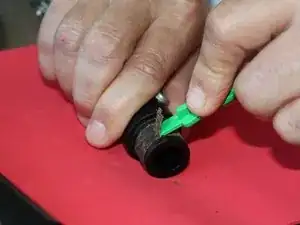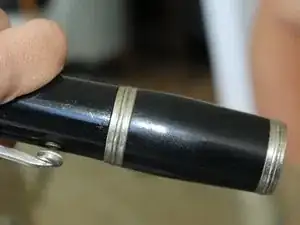Introduction
I've been a clarinetist since March 2012, and I've performed in numerous festivals, concerts, and competitions (nationally and internationally). When I was an active musician, I had a Normandy Clarinet (a brand that doesn't exist anymore), which was a great brand. Unfortunately, instruments start deteriorating as time passes, and repairs are expensive. Corks are important for an instrument, they help the instrument to be assembled. When an emergency like a broken cork occurs, finding a cork may become difficult, especially if you don't have a music store close to you. This is why repairing a cork with foam may help you in an emergency and the clarinet will function and be assembled normally. It's nothing dangerous or hazardous, it's just quick and easy to do.
Tools
-
-
Take your clarinet and identify where the cork is damaged and assess the extent of the damaged cork.
-
-
-
With the small razor used to cut the cork, cut a piece of foam.
-
Use a glue gun to bond the foam to the clarinet tenon.
-
-
-
Finally, the clarinet is fixed, and it will function properly until you are able to replace the cork.
-
After complete all the steps the clarinet is ready and the musician may continue performing with it. A simple repair like this allows the musician to order clarinet parts that’ll take awhile to arrive.
